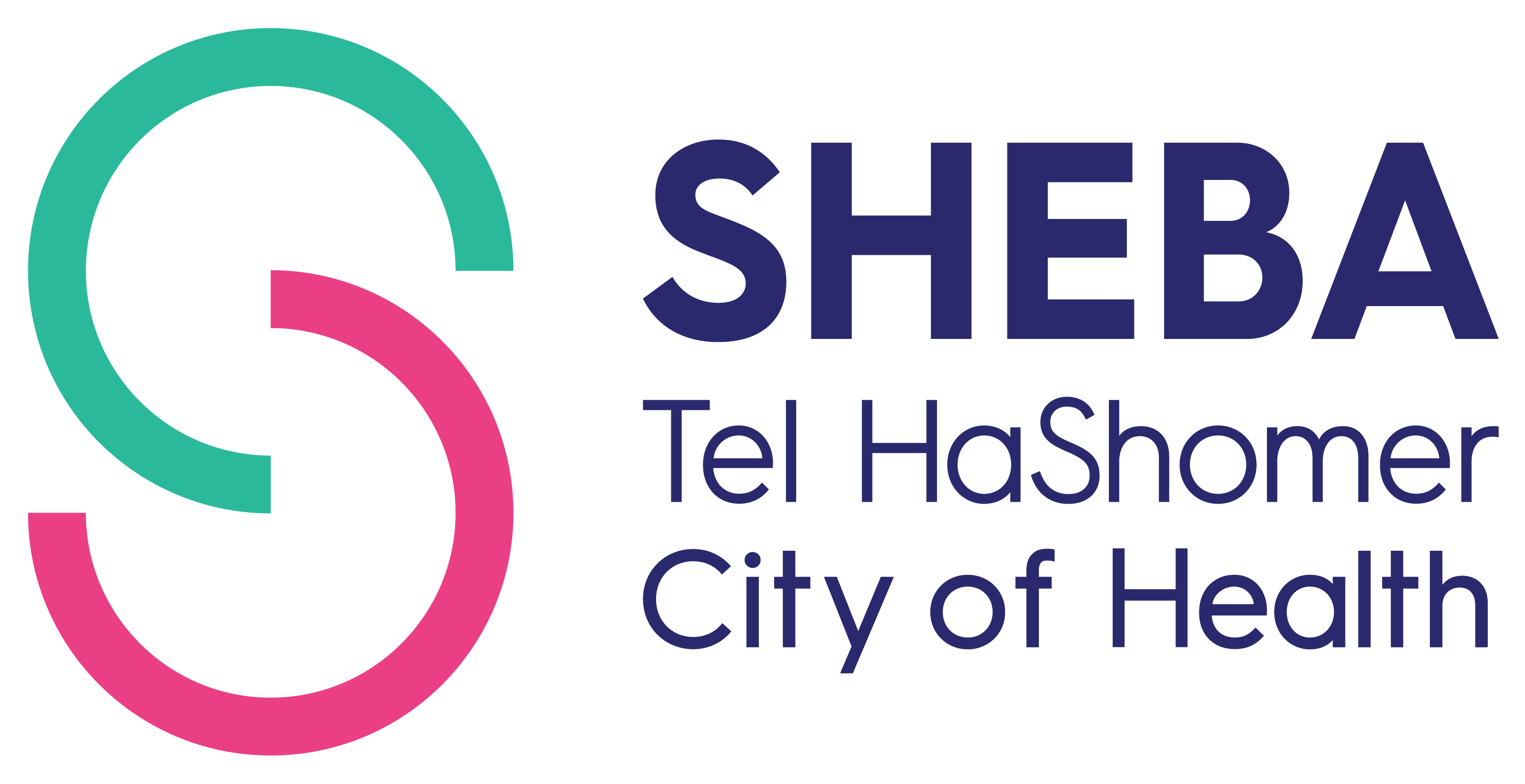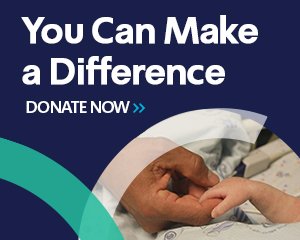The Connection between Life and Death
“It was clear to us that it was a continuation of his life, a life of giving,” said Sammy the father of Adam Schmidt, a few minutes before meeting the people who received his son’s organs after his tragic death. They came from the United States to celebrate the birth of a boy in the family who had been named after Adam.
Adam passed away at the age of 30. He was born in Mexico but moved to the United States and lived in Los Angeles, San Diego, and Texas. Adam played on several TV shows, loved sports, wanted to make to the olympics and was even a part of the tenth Battalion. In high school he played American football, and when he made aliyah, joined the Israeli Football League. On the day of his death he had even been notified that he had been chosen for the Israeli team. His friends organised an evening to honor his memory, where each person spoke about how Adam had touched their lives. “I had no idea Adam had meant so much to so many people,” relayed his mother, “it was really emotional.”
The anticipation in the room before the meeting is palpable. Adam’s parents, Sammy and Rosa, along with his sister Noa, wait in a room just a few feet away from the donor recipients. Neither of them knew how they would feel on meeting the recipients but once they entered the room, Noa summed it up perfectly. “ I didn’t know how I’d feel meeting all of you,” she said to the donor recipients, “but it’s actually much easier to come here than it is to go to the cemetery. I’m happy that you can continue your life because of a part of Adam that you have. It feels like he lives on thanks to you.”
The four recipients told Adam’s family a bit about themselves, about living under the shadow of an illness, about the constant visits to the hospital for treatments, the disruption and pain those visits brought to their daily lives, and how after receiving the organs they suddenly had a new lease on life. Adam’s father, Sammy, regaled the recipients with personal stories about Adam and gave each of them an album full of pictures to remember him by. The family members of the recipients were no less enthusiastic about the meet up. The ones who accompanied the recipients admitted that they too had a new lease on life because of the donations.
Just as it’s hardly appropriate to call the meeting a comfort for the Schmidt family, it’s just as wrong to call the moment the recipients met with them, simply an act of thanks. In such cases, we must invent new words that describe the deep connection, the connection of life and death, sadness and joy, of body and soul. Organ transplants are exactly that-a connection. One person’s tragedy is another’s miracle, and connecting these two extremes is Dr. Asaf Luttinger, the transplant coordinator at Sheba Medical Center. He too, is saddened by the loss, but equally joyful when he can save another’s life from that loss. The meeting between the Schmidts and the recipients is the embodiment of his impossibly difficult connection. On the one hand he hopes families will never be in the horrible position to have to decide whether or not to donate their loved ones organs. On the other hand, he holds the hope, that if they do, they’ll choose to give life.










